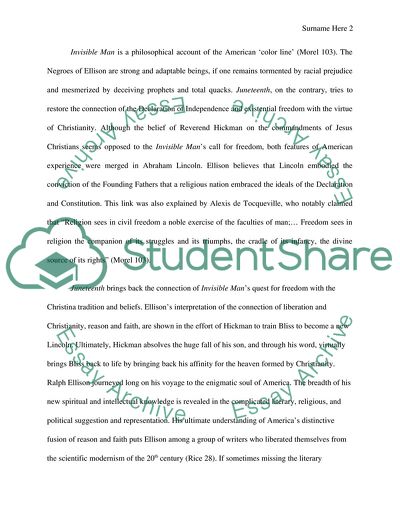Cite this document
(The Thematic Content of Ellisons Novels Literature review, n.d.)
The Thematic Content of Ellisons Novels Literature review. https://studentshare.org/sociology/1827891-the-invisible-man
The Thematic Content of Ellisons Novels Literature review. https://studentshare.org/sociology/1827891-the-invisible-man
(The Thematic Content of Ellisons Novels Literature Review)
The Thematic Content of Ellisons Novels Literature Review. https://studentshare.org/sociology/1827891-the-invisible-man.
The Thematic Content of Ellisons Novels Literature Review. https://studentshare.org/sociology/1827891-the-invisible-man.
“The Thematic Content of Ellisons Novels Literature Review”. https://studentshare.org/sociology/1827891-the-invisible-man.


